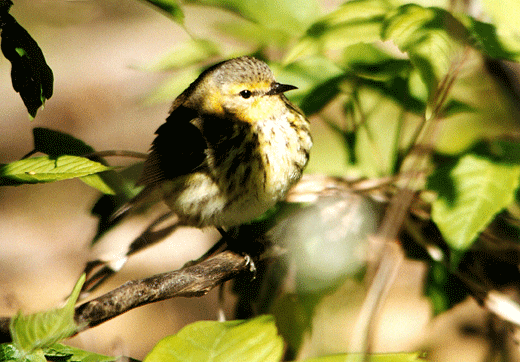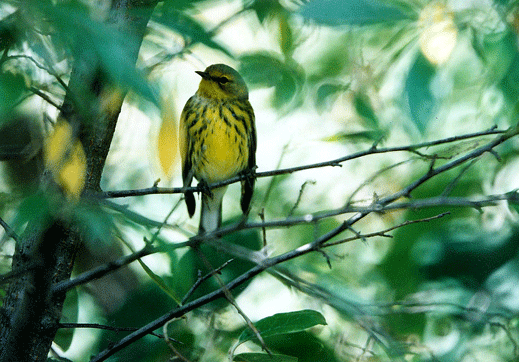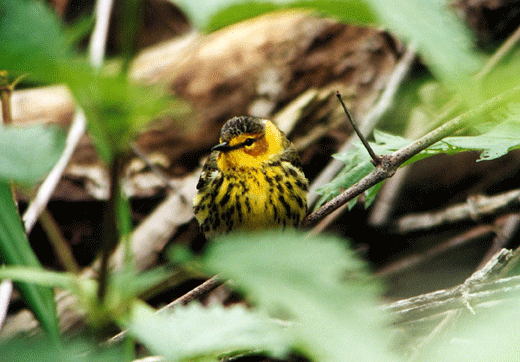Cape May Warbler Dendroica tigrina

Cape May Warbler
Dendroica tigrina
Nesting in the boreal forests of Canada the Cape May Warbler is highly dependent on the abundance of the spruce budworm, which is subject to logging in the west and pesticide control in the east.
The tongue of the Cape May Warbler is unique among warblers as it is curled and semi tubular, allowing it to collect nectar in winter. Their clutch size of six is greater than that of other warblers, allowing populations to expand rapidly during outbreaks of the spruce budworm. Their diet also includes many insects including parasitic wasps, flies, ants, bees, as well as fruits and nectar.



Copyright Mark Tiefenbach Deep Brook Nature Photography
Copyright Mark Tiefenbach Deep Brook Nature Photography
Copyright Mark Tiefenbach Deep Brook Nature Photography
Copyright Mark Tiefenbach Deep Brook Nature Photography
8x12 print
8x12 print
8x12 print
